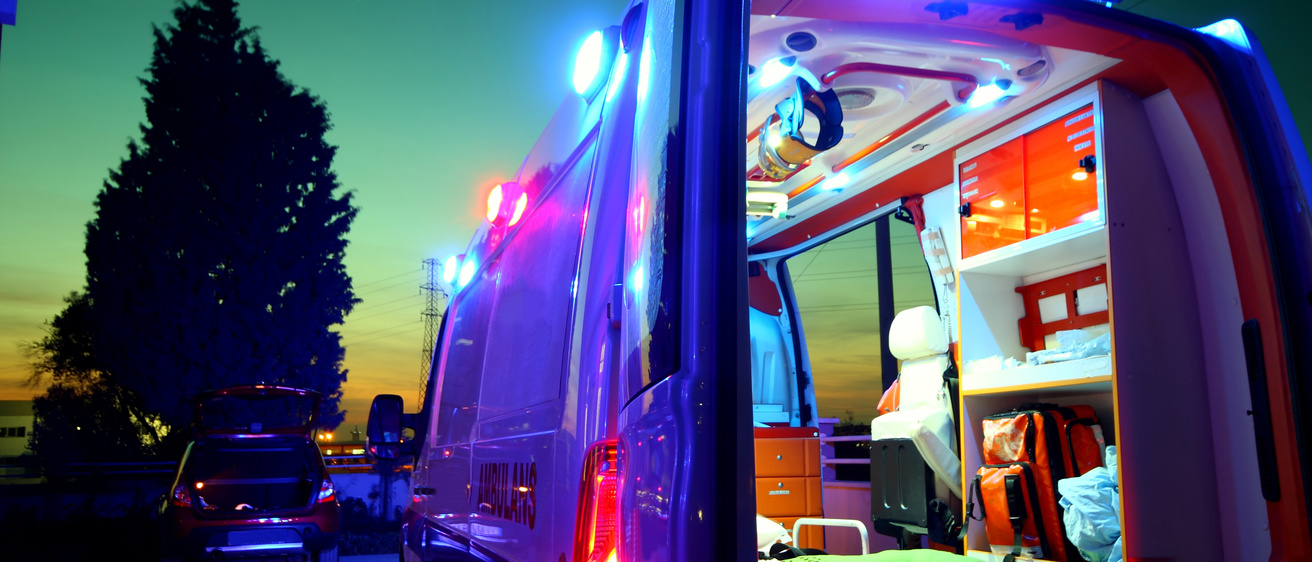by Tom Snee
Semin Park studies how emergency response agencies communicate with each other when responding to calls, including mass casualty events like a shooting.
An assistant professor of management and entrepreneurship at the University of Iowa’s Tippie College of Business, Park says lives can be saved in such tragedies if agencies and individuals more fully communicate and cooperate with each other.

But communication and cooperation are inherently difficult during an emergency, she said. Commanders must manage teams of police officers, firefighters, medics, and other emergency workers frantically trying to rescue victims and tend to the injured, often under circumstances that are highly unpredictable and extremely urgent.
Complicating things further, responders from the different agencies rarely work together, creating a situation that could easily slip out of control. In an effort to manage situations like these, agencies have put together strict sets of protocols and procedures that determine which responders take what actions and when. For instance, after a mass shooting, EMTs cannot switch their roles from triaging victims to treating them unless the incident commander officially reassigns them.
Park acknowledges the need for protocols to manage a chaotic scene so that emergency responders aren’t getting in each other’s way and compromising safety. But her studies suggest those protocols are often too rigid and cannot provide guidelines in unexpected or unique circumstances. She points to the 2022 school shooting in Uvalde, Texas, when EMTs were unable to help the injured because police were slow to confront the shooter. If the rules provided more flexibility to first responders, she said EMTs could have helped injured students who were in the school yard or elsewhere outside the building.
She said multi-agency training might sound like an obvious solution, but may also at times inhibit a better response. While those exercises work well in introducing various agencies to each other, they are usually so by-the-book that trainees know exactly what’s going to happen. This leaves them less prepared for the chaos of an actual emergency.
To correct this, she says training should always include a “surprise factor,” an unexpected twist that resembles a real-life emergency, so responders must react to something they don’t expect and build what she calls their “critical thinking muscle.” If training taught flexibility, Park said incident commanders would also be more apt to trust their responders to do something that’s not in the training manual, such as knowing when it’s appropriate and/or safe to tend to an injured student in a school yard and when it’s not.
She said this doesn’t mean the first responders can go rogue. When individual responders make a judgment call in novel situations, it is vital for them to effectively communicate back to the incident commanders so they can maintain control of the big picture.
Media contact: Tom Snee, 319-384-0010 (o); 319-541-8434 (c); tom-snee@uiowa.edu
